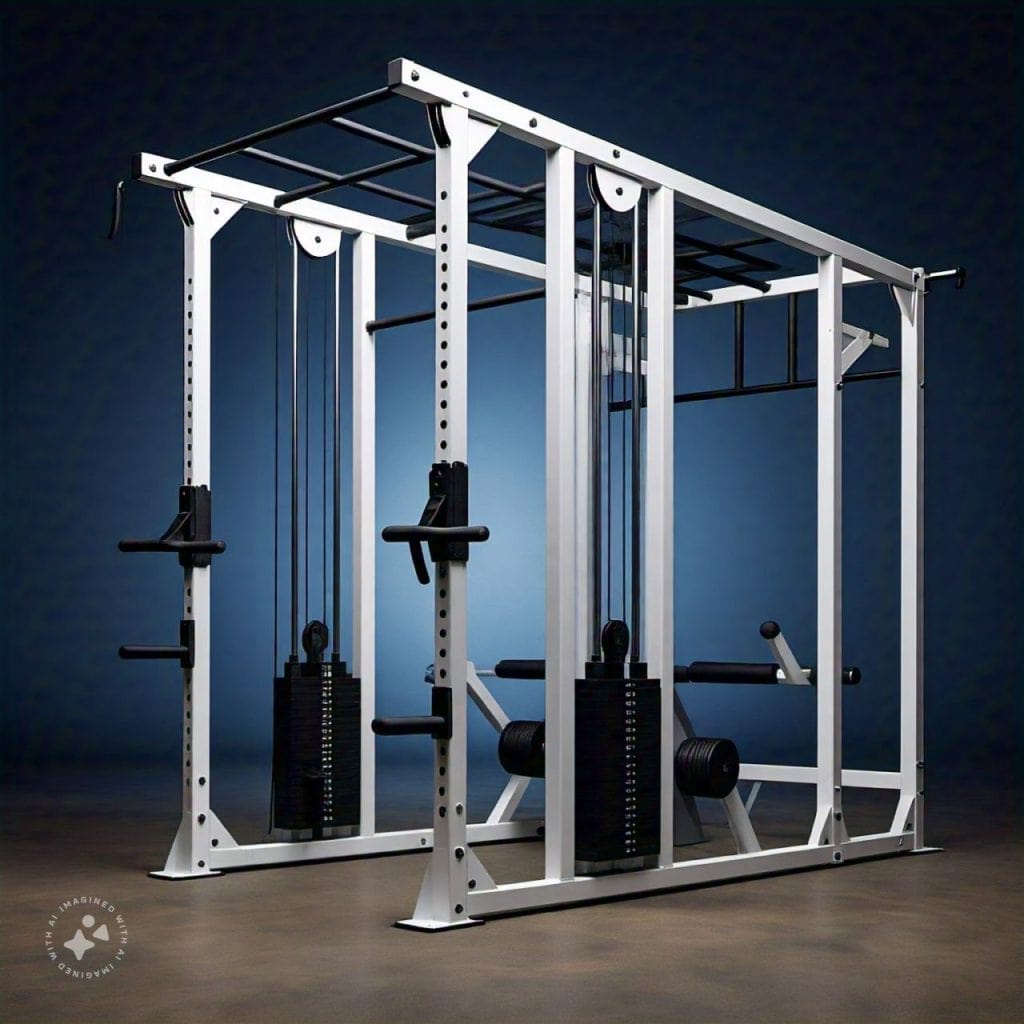As the pace of industries continues to progress in the current society, there is a need for the best systems. High-pressure solutions have become standard in improving various processes across industries within production, service sectors and health care. With the help of pressurized systems and subordinate technologies, not only can the performance rise, the safety of the personnel increase, and its costs become less than in the other types. This article focuses on the topic of using pressurized solutions in both business and home environments, reviews the pros and cons of this approach and discusses what potential user should know to use pressurized solutions effectively.
Table of Contents
ToggleWhat Are Pressurized Solutions?
Pressurized solutions describe a system or a process that works under pressure to get to desired results. These systems use pressure form compressed gases or liquids to accomplish various objectives including material transportation, support and even power generation. These are pneumatic tools, hydraulic systems and pressure vessels and others are stored under high pressure for storage purposes.
Pressure has been defined at a basic level as the force per unit area, within the framework of pressurization. Through proactive control of this force, engineers are able to design systems capable of delivering precision and pressurized solutions remain integral in most applications.
Key Applications of Pressurized Systems
Production and Operation of Industries
High pressured systems are particularly vital throughout manufacturing processes where accuracy and time are critical factors. Pneumatic and hydraulic tools are widely used for tasks such as:
- Material handling: Pressurized conveyors transport goods seamlessly.
- Machining: Hydraulic presses and pneumatic drills guarantee accuracy of the machining operations performed.
- Assembly lines: Automated systems powered by pressurized solutions streamline production processes.
2. Energy Sector
In energy production and storage, pressurized solutions are critical. CNG storage tanks for example, involves pressurization, as a way of safely storing and transporting fuel. In the same way, two types of nuclear reactors, pressurized water reactors used in nuclear power plants operate pressurized systems for energy production.
3. Healthcare and Medical Devices
Pressurized solutions are essential in the healthcare industry for applications such as:
- Oxygen delivery systems: Portable oxygen tanks foster respiratory challenged patients’ needs.
- Sterilization processes: Autoclaves are medical equipment which is used to pressurized steam in order to sterilize the gadgets.
- Diagnostic tools: The blood pressure monitor and other devices are normally operated with pressure system.
Aerospace and Automotive are the two industries that were the focus of this case study.
Pressurized systems make use essential in aerospace as well as automotive engineering discipline. Aircraft cabin is normally pressurized to allow comfort during flights at high altitudes while automotive braking system uses pressure through the hydraulics to provide the required brake force.
Advantages of Pressurized Solutions
1. Efficiency and Performance
Pressurized systems offer very high performance rates because pressure controls the main activities performed in such systems. For instance, hydraulic presses can apply a huge push force in a short time while using little energy- the most efficient process.
2. Safety Enhancements
Properly designed pressurized systems enhance safety by minimizing risks associated with manual operations. In industries like healthcare and energy, pressurized solutions provide reliable and controlled environments, reducing the likelihood of accidents.
3. Cost Savings
While pressurized systems do initially require a relatively high level of investment the advantages later make up for the lost cost. Less energy usage, less time out of operation, and greater output equal significant long term savings.
4. Environmental Benefits
Most of the pressurized approaches encourage sustainability. For example, pneumatic systems eliminate the use of conventional fluids : instead, air, a renewable natural resource, is used. Further, systems of pressure water irrigation helps in the conservation of water and therefore acts as an environmental conservation factor.
Impending pressures and factors associated with pressurized systems Pressures and issues related with pressurized systems
While pressurized solutions offer numerous advantages, their implementation comes with challenges that must be addressed to maximize their potential.
1. System Design and Maintenance
Designing a pressurized system requires careful planning and expertise to ensure optimal performance. Regular maintenance is crucial to prevent issues such as leaks, which can compromise efficiency and safety.
2. Cost of Installation
Pressurized systems can be expensive to install, and significantly more in the case of elaborate designs. Such investments require that businesses carefully undertake cost-benefit analysis to establish the needful.
3. Safety Risks
This pressure may cause an accident such as an explosion or problems with pieces of equipment. To avoid such risks, it is vital to follow strict safety measures and ensure that employees receive sufficient training.
4. Regulatory Compliance
Most industries apply regulation that covers the utilization of pressurized systems. Obligation to adhere these standards is crucial in order to avoid legal and operational violations.
New Trends In Pressurized Concepts
Modern cultures are now preferring high pressed systems due to the advancement of technology in pressure systems. Some of the emerging trends include:
1. Smart Pressurized Systems
IoT integration enables on-demand assessment of pressurized systems performing in real-time with the IoT. Sensors and analytics in the system help to detect and contain problems, allowing thereby to avoid extensive downtimes.
2. Sustainable Designs
Certain reactive materials used in pressurized systems have faced environmental issues, but new developments in sustainable materials for energy-efficient equipment are coming up to reduce these emissions. For instance, there are ongoing movements that are using both pneumatic and electrical powers to deliver energy efficiency.
3. Miniaturization
Mobile applications are forcing the pressurized systems to be made as miniature as possible. These are especially applicable in manufacturing of medical appliances and electronics products.
Advices for Improving Pressurized Systems
To maximize the benefits of pressurized solutions, businesses should adhere to the following best practices:
- Conduct regular inspections: Daily inspect the system for signs of wear and tear, possible leakage and any sign of a compromised system.
- Invest in training: Make sure that the staff is prepared enough to manage and work with pressurized methods correctly..
- Choose quality components: Selecting high-quality material and components can improve, the product’s endurance, and dependability.
- Adopt automation:Embedded systems minimize on human intervention thus lowering the chances of errors being made.
- Monitor performance:By employing sophisticated tools of monitoring then one is able to analyze the performances of the system and then proceed to look for the faults.
Conclusion
Pressure solutions are a radical shift in application in improving systems and solutions in various industries. They considered that in the modern environment of intense competition, it is an inestimable advantage when technologies can increase the speed of work and at the same time reduce accidental risks or associated expenses. This paper aims at performing an analysis of opportunities for innovation and sustainability of pressurized systems through successfully confronting threats and adapting to new trends in the business environment. I am confident that both manufacturers, healthcare providers, energy producers and distributors, and many other industrials will continue leveraging pressurized solutions in their strategic development and future success.
Read More From teracota





